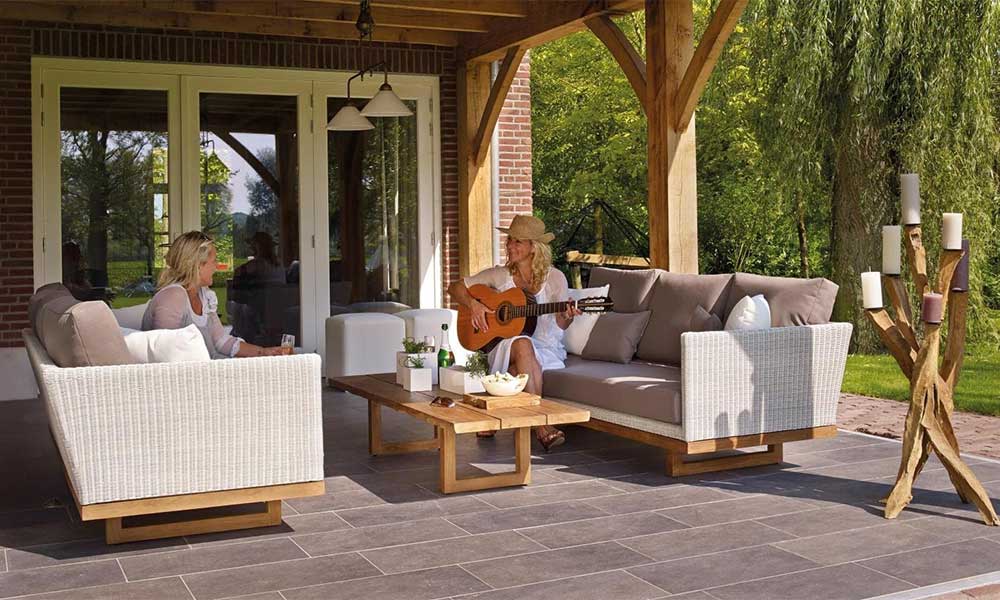
Deckbuilding requires techniques, permits, deck materials, railings, foundations, finishing oils, stains, & more for decks that last longer.
Before you install your joists, attach joist hangers to the ledger board. It is the easiest way to run deck joists if you work alone or hire a deck contractor. Getting the height right is the key. Spend some time tying the jig together.
Measure the width of the joists and cut the 2×4 to the average. Nailing the flanges of the hanger to the ledger, leave one side with about 1/16-in. Wet beams can slide in the gap. As you set your joists, chisel out a notch on a high joist, or shim a low joist if it’s too low.
Cutting a board around a post is most accurate when the board is laid directly against the post. For a more precise measurement, check both sides of the post. Posts are sometimes twisted, and measurements are not equal so cut out the notch with a jigsaw.
Jigs are very popular among carpenters because they make their job easier and faster. You can use this jig to build rail sections with ease. It centers the baluster on 3-1/2 in. There are usually four inches between the rails, less than that. When attaching balusters, you have to leave an equal amount of space on each end, start in the center.
Out of the half-dozen deck stair hanging methods, this one works best for 2×8 framing. If they are parallel to the joists or running between them, 2*12 stringers should be extra-long and secured joist itself or blocking between them.
Set your stair rise to 7-1/4 inches, if possible, to 11 inches of tread. (two 2x6s). Allow at least 3-1/2 inches of wood perpendicular to the back of the stringer and the deepest cutout.
However good your lumber supplier is, a good portion of your decking will be bowed. Deck construction routinely involves straightening bowed boards.
Details make a difference. When trimming decking board, you obtain a crisper edge than with your hands alone. Set up your guide board to ensure it’s perfectly straight, sight down it from one end. You must cut off the two last boards by hand and make sure your saw runs straight, steady, and with a chalk-lined guide.
As a deck trim element, caps can enhance the appearance of rail posts and protect the end grain of posts from the elements. Typically, 6×6 caps must be ordered, but you can make your own from 2*10 material and save time and money. A 16-inch piece of 2×8 framing and 1/2-inch plywood is used to make this jig. It takes some error while trying to set up the plywood guide on the circular saw jig. Adjust it so that a slight reveal can be seen on the cap’s top. Apply 3-inch galvanized finish nails and construction adhesive to the posts to secure the cap.
Also Read- How to Increase Lifespan of Your House?
